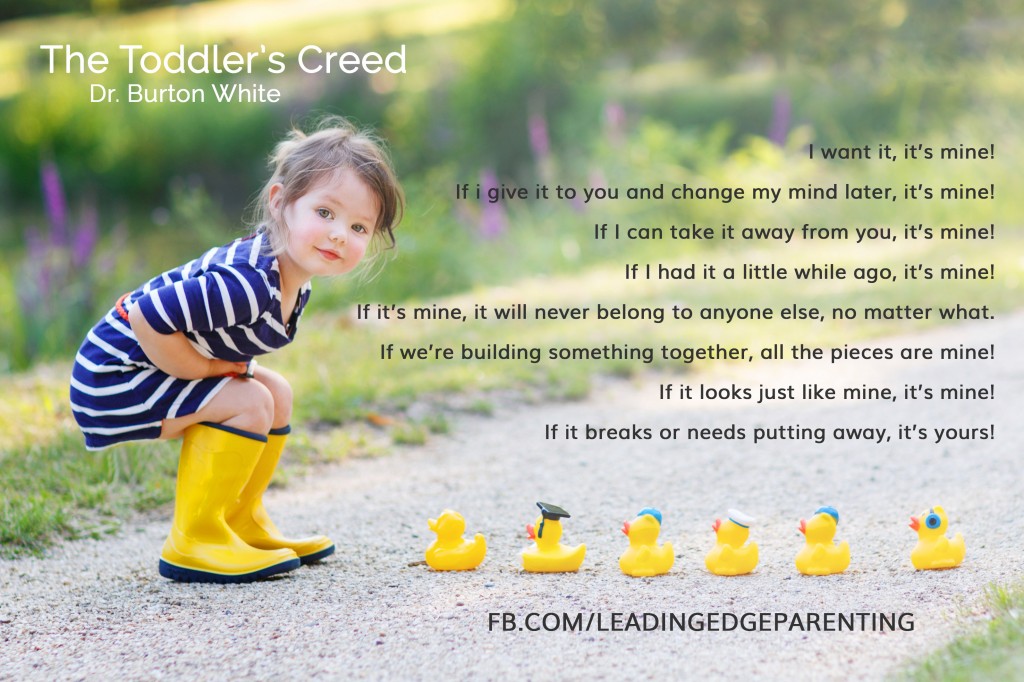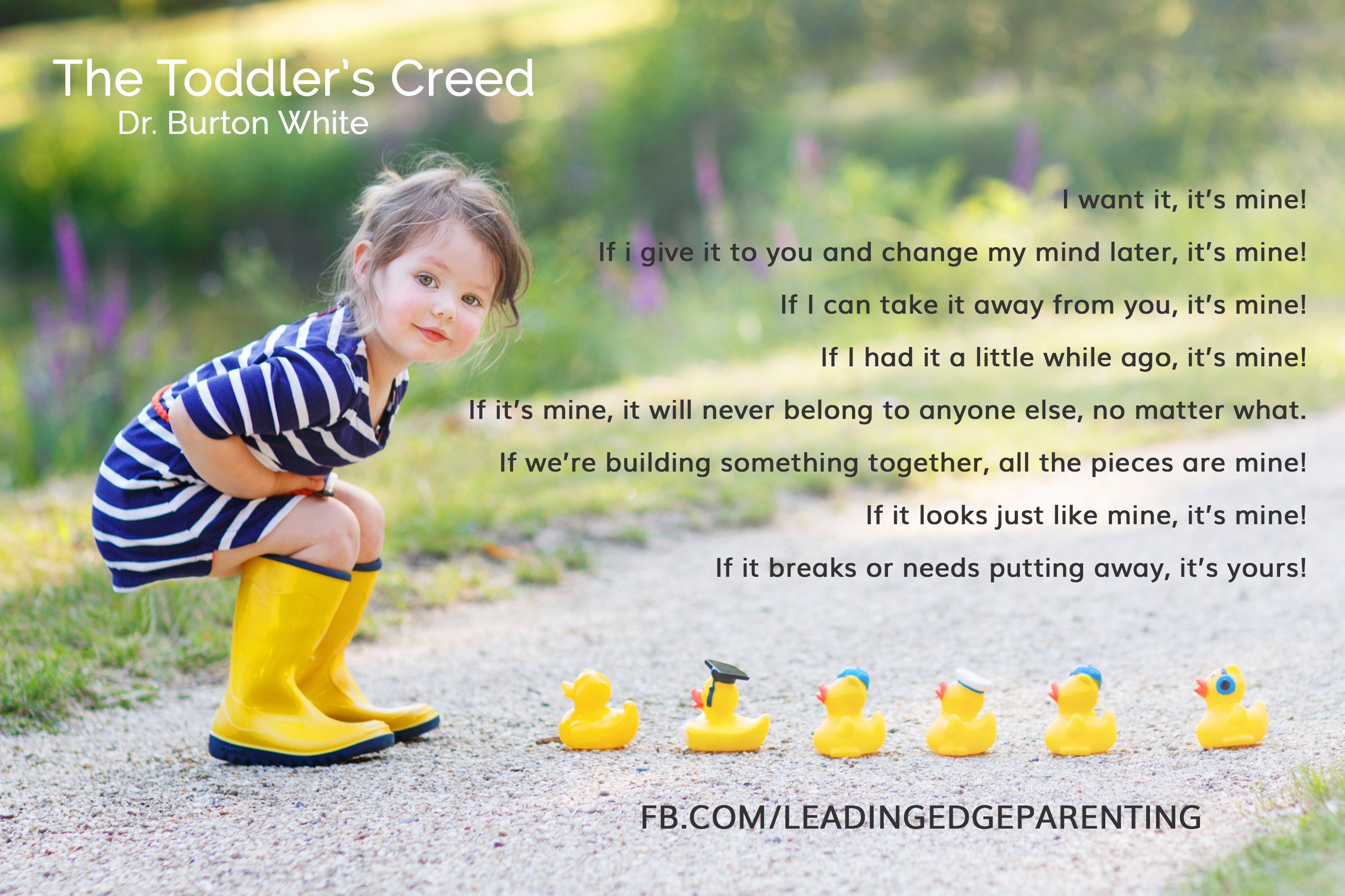[x_section style=”margin: 0px 0px 0px 0px; padding: 15px 0px 5px 0px; “][x_row inner_container=”true” marginless_columns=”false” bg_color=”” style=”margin: 0px auto 0px auto; padding: 0px 0px 0px 0px; “][x_column bg_color=”” type=”1/1″ style=”padding: 0px 0px 0px 0px; “][x_text]

I know this may be hard to believe but children do not wake up in the morning and make a conscious decision to embarrass you with a tantrum that tests your limits. Tantrums are usually a response to learned behavior or a result of built up stress. I believe that once parents understand the causes of tantrums they will be able to respond to them in a loving, more relaxed way, thereby reducing stress for themselves and for their children.
Manipulative Tantrums
These usually start very innocently and without much conscious awareness. Parents actually contribute to these without meaning to do so. This is an example of what happens: The child wants something. The parent reacts immediately with a “No.” The child gets upset. The parent rethinks the situation and relents either because it didn’t really warrant a ‘no’ or because the parent doesn’t want to hear the whining. The child has learned that whining or persisting will eventually get her what she wants.
The next time the parent says, “No” she reverts back to the whining/demanding tactic. Perhaps the parent says “No’ again and now the child revs up the intensity of the whining. Perhaps the parent is exhausted or even angry but eventually gives in. This continues to reinforce the very behavior that aggravates the parent. Both the parent and child are now caught up in a relationship that involves anger, frustration and a negative pattern. The parent may judge that the child is ‘spoiled’ or ‘out of control’ without realizing that the adult behavior is contributing to the frustration.
What to do: In order to prevent manipulative tantrums from becoming part of every day behavior it is extremely helpful to have established rules (age appropriate expectations) and routines in place. When children live with consistent and appropriate rules and routines every day there is a lower tendency to try to manipulate parents to change the rules. An example of this would be having a consistent expectation that no junk food is eaten before dinner. If the child asks for a cookie a half hour before dinner mom can smile and lovingly say, “You must be hungry. Dinner will be very soon.” If the child stamps her foot and whines, “But I am hungry,” mom can calmly respond by saying, “You sure do sound hungry. Would you like to help me set the table?” If she continues to whine mom can accept her feelings again (this is important because it communicates the message that you understand and that the issue is not that you are mean) “Wow, you really do sound hungry.” (Then remind her of the rule) “But we don’t eat junk food before dinner.” (You can give a positive alternative) “Would you like to nibble on some carrot sticks while you wait?” It is the child’s choice to take the carrots or wait for dinner. If she continues to protest, continue to accept her feelings and repeat the rule without appearing annoyed.
Sometimes, despite the most effective strategy, the child will continue to have a meltdown. This is especially common from the ages of 1-3 years old and is typical for children who are born with temperaments that have intense reactions. The BEST tactic at any age is to speak calmly, (yup, that means do not YELL) get close to the child and tell her that you see that she is upset and you will stay close by until she feels better. If she needs to be hugged, hug her. If she needs you to stay away, give her some space. The idea is to show her that she is loved and understood but that doesn’t mean you will give in to her demands. When she calms down offer her love and cuddling and the chance to move on- without lectures, guilt, time outs or punishments. Using this strategy consistently will eliminate the manipulative struggle with an added bonus: it will build a loving bond between you and your child as you both learn that neither of you can control the other’s behavior.
[/x_text][/x_column][/x_row][/x_section][x_section style=”margin: 0px 0px 0px 0px; padding: 0px 0px 5px 0px; “][x_row inner_container=”true” marginless_columns=”false” bg_color=”” style=”margin: 0px auto 0px auto; padding: 0px 0px 0px 0px; “][x_column bg_color=”” type=”1/1″ style=”padding: 0px 0px 0px 0px; “][x_text]
Stress Tantrums
I know many adults who have stress tantrums. I have had my own share of grown up tantrums! These are usually triggered by a ‘minor’ incident that is actually the ‘tipping point’ for built up stress or buried feelings. In order to understand what is happening with a child, let’s look at an adult emotional tantrum.
Imagine that you have had several days of stress caused by an unrelenting boss at work, difficult commutes, lack of sleep and a deadline. You come home exhausted and find dirty dishes in the sink. You react by screaming, tears streaming down your face and your family looks at you as if you are crazy! In that moment, do you need a reminder from your spouse that it is only a few dirty dishes and that you need not overreact? What is it that you need in that moment? Most people say that they would either appreciate a loving hug or a few moments alone. (I actually believe that many adults would appreciate being encouraged to scream and let it all out!) Children need the same things when they have a stress tantrum.
Let’s take a closer look at this: We can help prevent stress tantrums when we learn to read our children’s signals.
In order to read our children’s signals we have to be ‘tuned in’ to them. If your child appears tired or cranky ask yourself, “Do I really have to make one more stop?” If a busy life style has changed routines don’t expect your children to just ‘handle’ the changes. The kids may need extra time and understanding from you and it is the wise parent who uses positive attention rather than hoping the children will just ‘do what you say.’ If your child struggles with transitions remember to give him time to adjust to your commands of “Clean up. Come in for dinner. Turn off the television. Get off the computer. Get ready for bed.”
When you are ‘tuned in’ to your children you will begin to realize that they are not acting in defiance when they struggle to keep up with adult schedules and time tables. When we ignore the beginning signs of fatigue, crankiness or need for attention we are ignoring the signs of stress that lead to tantrums. If our children have had a very busy day where they have been asked to keep up with demanding schedules and have been sharing, waiting in lines, in and out of the car, sitting in a shopping cart, tired, or just a normal toddler, it is possible that they are storing up emotions that they cannot express and a stress tantrum is ‘just around the corner.’
[/x_text][/x_column][/x_row][/x_section][x_section bg_color=”#777777″ style=”margin: 0px 0px 0px 0px; padding: 35px 0px 15px 0px; “][x_row inner_container=”true” marginless_columns=”false” bg_color=”” style=”margin: 0px auto 0px auto; padding: 0px 0px 0px 0px; “][x_column bg_color=”” type=”1/1″ style=”padding: 0px 0px 0px 0px; “][x_text]
If your child reaches his ‘tipping point’ and has a meltdown, the most effective way to handle it is to:
- 1. Accept his feelings (Say something like, “This is so hard for you.”) You might offer him a pillow or something soft to hit.
- 2. Tell him you will stay with him (“I’ll be right here if you need me.”)
- 3. Continue to talk softly (“You’re going to feel better. I know this is hard for you. I’m right here.”)
- 4. Breath consciously, deeply out loud, encouraging him to breathe along with you.
- 5. When he calms down offer a hug. Do not punish him for ‘loosing it.’ You might say, “Whew, does that feel better?”
- 6. Encourage him to shift his focus to something he might want to do. “ Would you like to cuddle and read a book?”
[/x_text][/x_column][/x_row][/x_section][x_section style=”margin: 0px 0px 0px 0px; padding: 45px 0px 45px 0px; “][x_row inner_container=”true” marginless_columns=”false” bg_color=”” style=”margin: 0px auto 0px auto; padding: 0px 0px 0px 0px; “][x_column bg_color=”” type=”1/1″ style=”padding: 0px 0px 0px 0px; “][x_text]
If the meltdown occurs in a public place the very first thing you need to do is IGNORE the judgments of other people. Tell yourself that they have no way of understanding your child and that what they think is none of your business. It takes inner strength to place your child’s needs ahead of other people’s opinions. It is also one of the greatest gifts you can give to your children.
It is a healing experience to be able to express frustration and stress and be loved and accepted rather than lectured or punished. By handling tantrums with love and acceptance you are teaching your child that it is ok to have negative feelings and that there are acceptable ways of expressing them. In this way you are using these tantrums as a way of building a very special trusting bond between you and your child.
The stage of tantrums will pass and this loving bond promises to last a lifetime.
[/x_text][x_author title=”About the Author” author_id=””][x_share title=”
Share this Post
” facebook=”true” twitter=”true” google_plus=”true” linkedin=”true” pinterest=”true” reddit=”false” email=”true”][/x_column][/x_row][/x_section]

